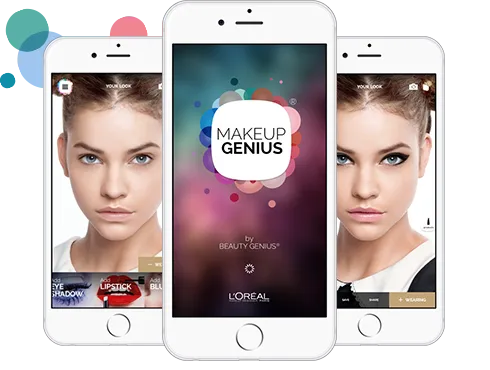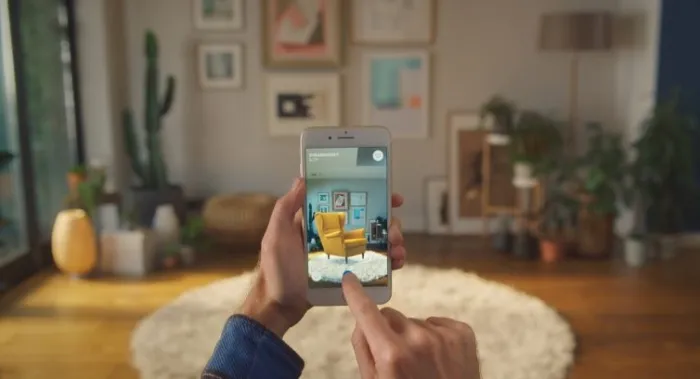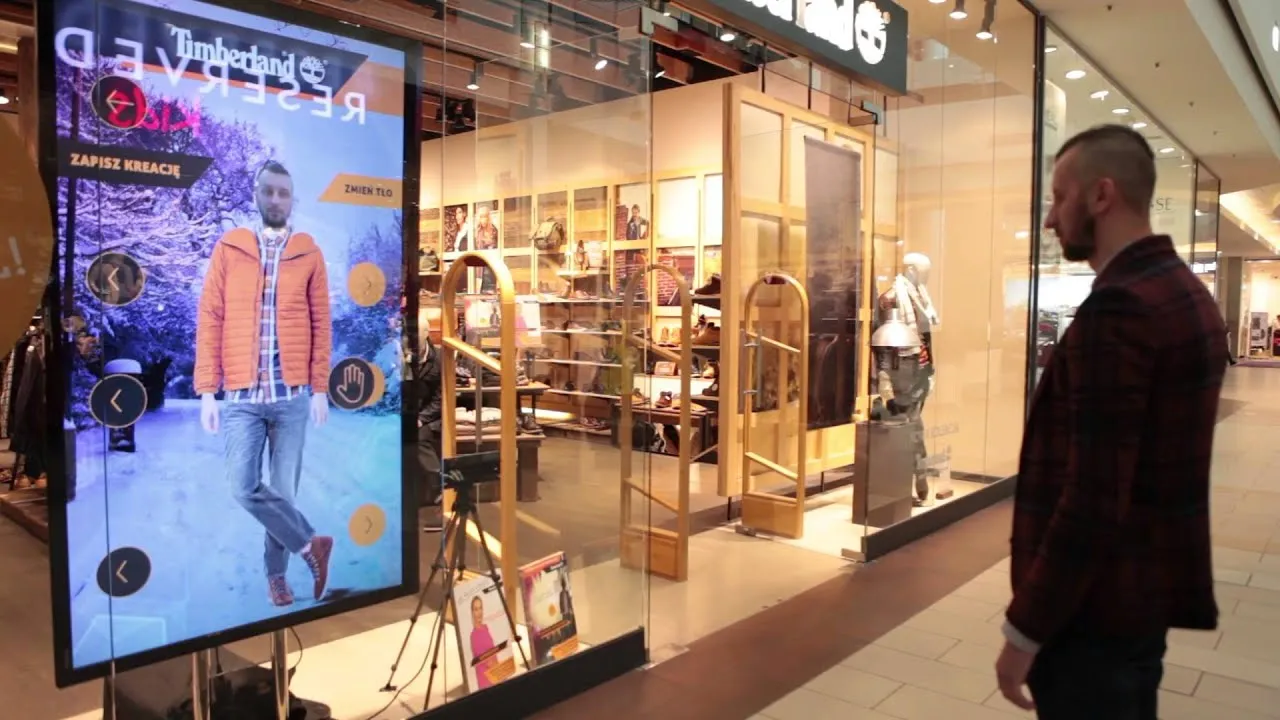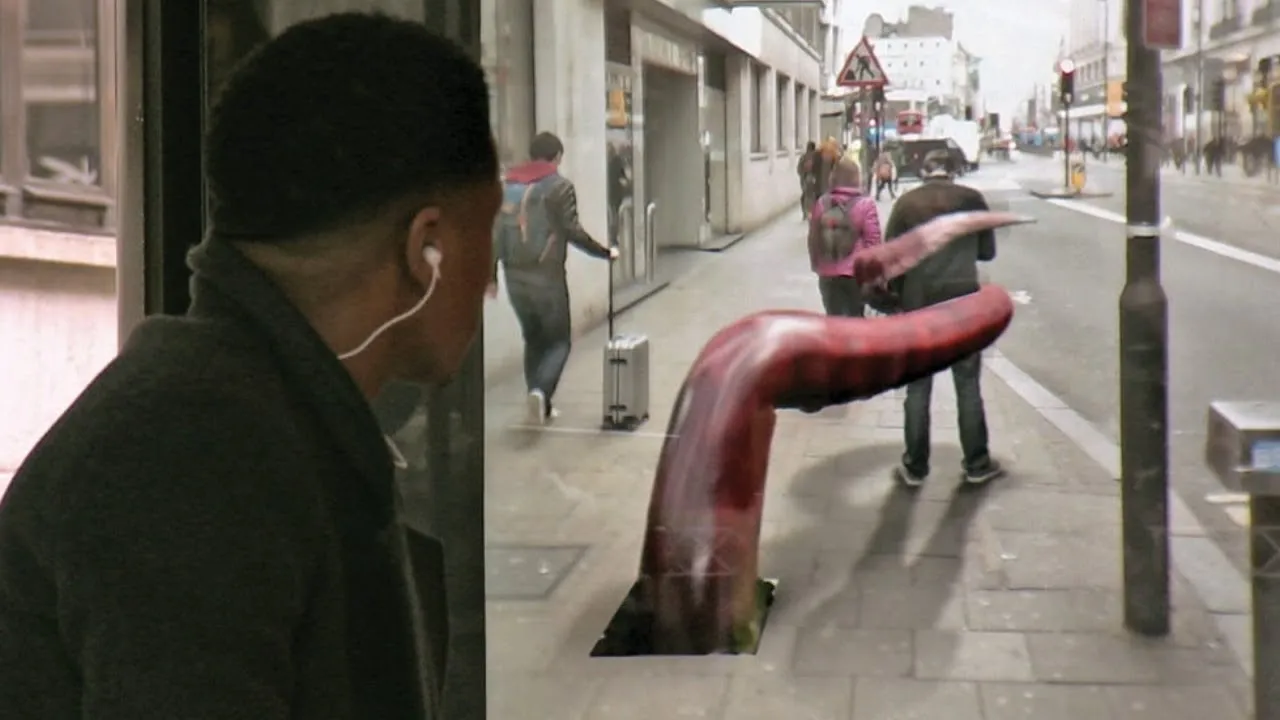Augmented reality, which involves blending interactive visual and computer projections into the real-world environment, is evolving. As software developers continue to refine Augmented reality applications, the line separating virtual reality and real-life is becoming blurrier. According to Statista, the global market size of AR is estimated to reach $198 billion by 2025. Sooner rather than later, AR will be the reality. Augmented reality trend is being implemented in gaming (e.g., Pokémon Go), education, healthcare, space, travel, real estate, marketing, among many more.
One of the industries that AR is shaking up is retail. Augmented reality used in Retail is more likely to offer better customer in-store experience than those businesses that don’t use this technology. How can augmented reality improve sales in the retail industry and shape it? Learn this plus AR use cases for retail currently.
5 applications of augmented reality in the Retail industry
Augmented reality store: fitting on products virtually
Augmented reality marketing helps businesses move customers along the sales funnel. By creating an augmented reality store, a brand can enable customers to try on different products virtually and bring the in-store experience to a higher level. It thus eliminates the need to visit the store in person. This application of augmented reality in retail can be seen in popular stores that sell makeup, clothes, shoes, and other wearables.
Most people are more willing to spend money on things they have tested on themselves. Therefore, augmented reality brand experience works well and allows them to increase their presence in the online market. An example of a brand that uses AR for this purpose is L’Oréal. Through its Makeup Genius augmented reality shopping app, L’Oréal customers can try out different shades of makeup on their faces in virtually and even mix different products to see how they look before buying.










_1764586939-small.webp)
